2019-01-12
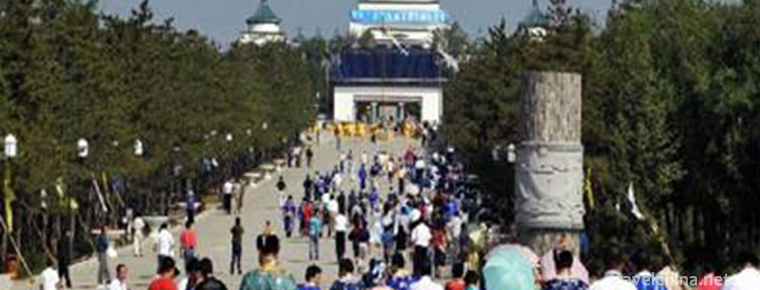
- By ChinaWiki.net
- Chinese Edition
- 2019-04-18
Genghis Khan Festival
Genghis Khan's sacrifice is a Mongolian custom of offering sacrifices to Genghis Khan. It originated in the Wokuotai era, and was formally issued in the Kublai Khan era. It stipulated various sacrifices to the ancestors of Genghis Khan, so as to make them perfect day by day. Today's Genghis Khan Festival in Eginholo, Ordos, is a sacrifice that follows ancient legends. Genghis Khan's sacrifices are generally divided into daily sacrifices, monthly sacrifices and seasonal sacrifices, with fixed dates. Special memorials are held more than sixty times a year. The sacrifices are complete, including whole sheep, holy wine and various dairy foods, and a solemn memorial ceremony is held. The Spring Festival is held on March 21 of the lunar calendar every year. The scale of the festival is the largest and the most solemn. All the flags of the League sent delegates to the Mausoleum of Ijinholuo to offer sacrifices.
On May 20, 2006, Genghis Khan's memorial ceremony was approved by the State Council and included in the first batch of national intangible cultural heritage list.
Historical origin
Genghis Khan, the Mongolian national hero, was a military and politician in ancient China. He died of illness in 1227 and has a history of more than 700 years. However, the memorial activities of Genghis Khan were carried out from generation to generation on the grassland. According to historical records, Genghis Khan's various sacrificial activities take place more than 30 times a year, and these sacrifices have different times, ways and sacrifices. Limited by nomadic life in the past, driven by water and grass, and because the Mausoleum of Genghis Khan is often mobile, the Dalhut people, known as Genghis Khan's guard corps, invited soul bags to the tall Nanmu hearse whenever they offered sacrifices, from the legendary descendants of Genghis Khan's two horses, a silver horse with no hairs all over, to the place where they offered sacrifices. And with the high and frustrating tone of the eulogist, he praised Genghis Khan's achievements. The custom and method of sacrifice basically inherited Genghis Khan's way of sacrifice to heaven, and sacrifice activities were scattered in different places according to local conditions. In 1955, the local government, with the consent of Darhut and Mongolian and Han compatriots, concentrated the portraits of Genghis Khan, Sulide, sword, saddle and other objects scattered in the flags of Ikezhao City to the site of Genghis Khan Mausoleum, and properly concentrated all kinds of memorial activities, respectively, on March 21, May 15, August 12 and early October 3 of the lunar calendar each year. On this day, many worshippers, with pious feelings, have traveled thousands of miles, standing in front of the legendary figure's tall statue, offering the most holy sacrifices, such as white Hada, bright candles, fragrant incense, fat sheep, delicious cow and sheep's milk, butter of milky yellow, and sweet horse milk wine; the memorial ceremony is presided over by Dahlhu waiters. The traditional memorial ceremony is that the mourners first go to the "golden pillar" which is a hundred paces south of the wall. The Mongolian name "Alatenggadusu" circles around the pillar three times a day, and they have to stop at 99 people. They also sprinkle milk at the bow 8L away from the pillar. After winding the column, the horse and the foal are winded, and the milk wine is ladled with a wooden spoon. After rounding the horse, the mausoleum guards put the milk in a silver bowl and buckled it on the horse's back. The horse was frightened and jumped. When the bowl fell, it would stop. If the bowl was still buckled after it landed, it would come back. After winding the column and horse, wine will be offered. The drinker knelt outside the temple. The mausoleum poured wine into the two wine cups from the pot of the drinker. The drinker carried it into the mausoleum with a rectangular plate. The mausoleum took the wine plate and placed it on the mutton. After the drinker saluted, the drinker withdrew from his knees. Outside the hall, the mausoleum household took the wine tray and only heard the voice of the palace shouting: "Oh! Oh! Oh!" and took out the wine. Pour it into a cup and give it to the drinker for a new wine. When offering wine, there were two old mausoleums outside the temple reciting words, which had no written record and no one could "decipher", so they were called "Tianyu". After the wine was offered, he knelt on the felt before the sacrifice, and then offered Hada, lamp, sheep and incense (prayer), and knelt for a long time. After the sacrifice, each person threw a piece of mutton tail into the fire basin before the case was filed, while still reciting congratulations, and some even threw twice the meat. Next came the burning of Hada fragments, drinking wine on one knee with a large silver cup, and eating a small piece of mutton on one knee. The whole memorial ceremony lasted for as many as two hours.
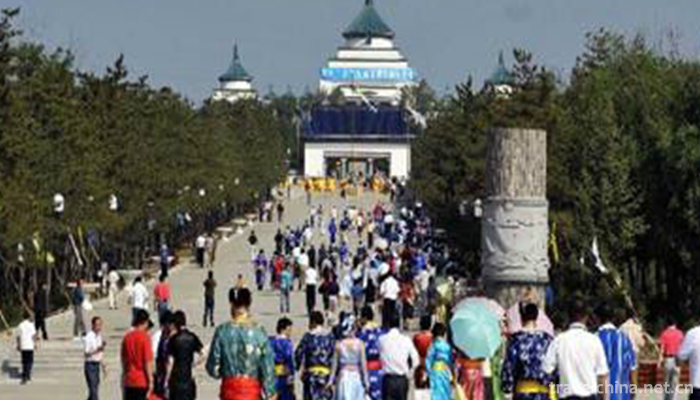
Ask a Question
Your email address will not be published.
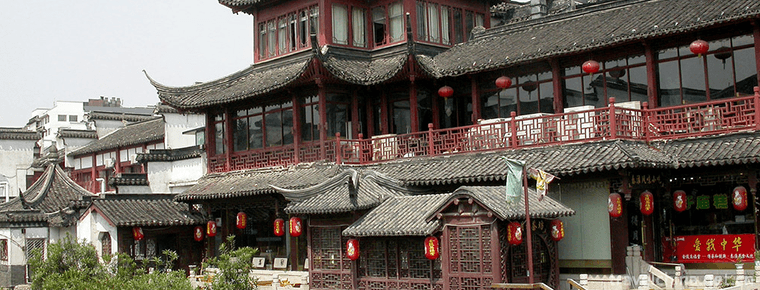
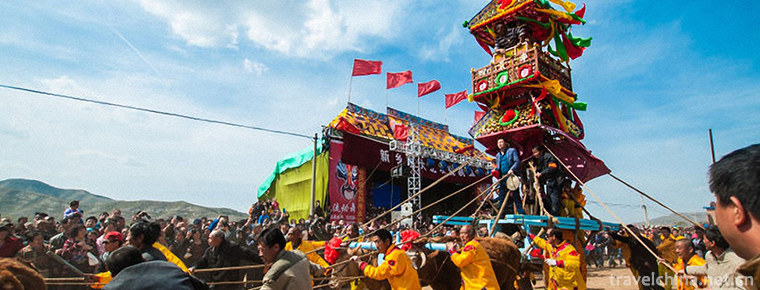
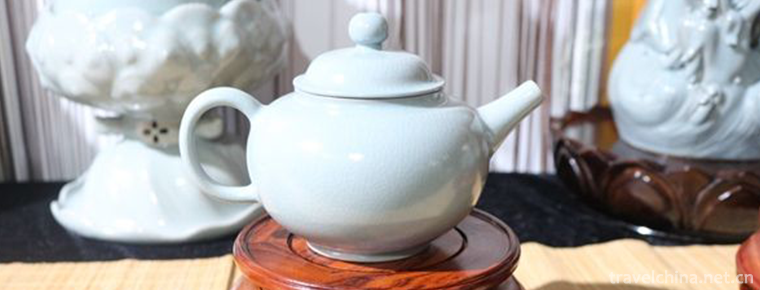
0 Questions